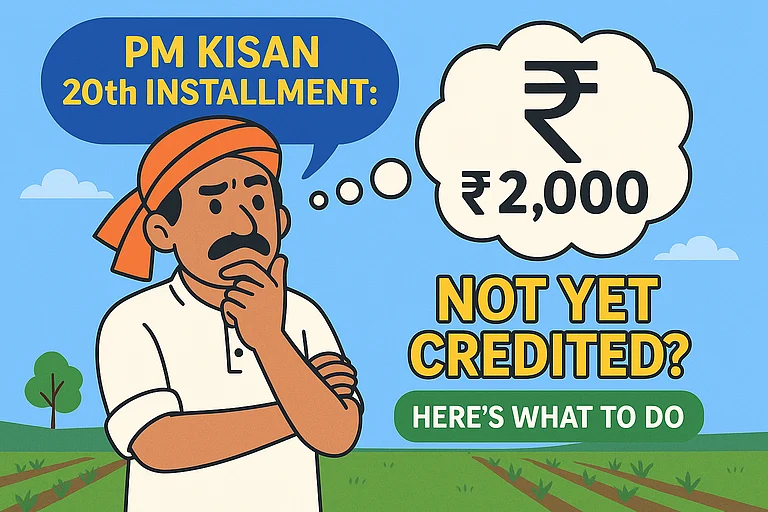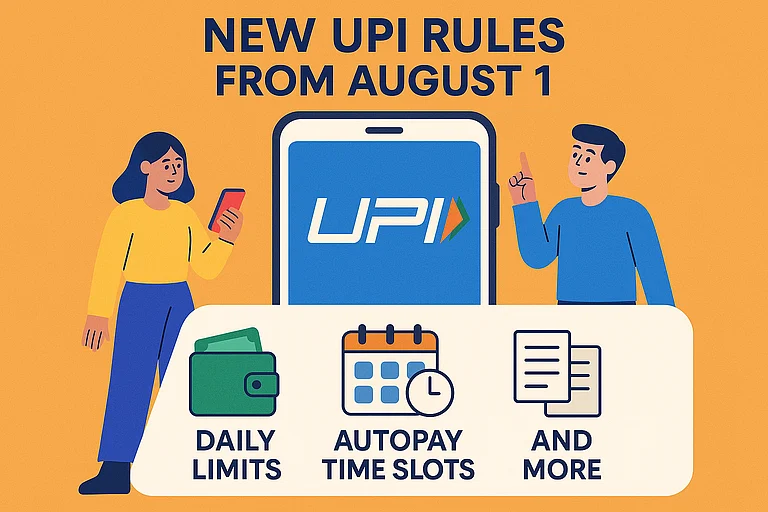
Summary of this article
The Department of Posts is planning to continue the 'Registered Post' service as a registration facility within Speed Post. However, the transition marks the quiet end of a format that defined formality, reliability, and reach.
Coming September 1, 2025, India Post's iconic Registered Post service will formally make way for a new unified framework by merging into the Speed Post ecosystem.
In a circular dated July 2, the Department of Posts announced the integration of Registered Post into Speed Post, a move which is being seen as a step toward streamlining operations and delivering "greater customer convenience." Though not a complete shutdown, this signals the end of the Registered Post service as a standalone offering after decades, possibly around a century, of loyal service.
Why is the Registered Post service being closed down?
This service, for the whole Boomer and the majority of the millennial generation, has long been associated with secure and documented delivery. Whether it was a job offer, a court notice, or an official letter from the government office, the Registered Post service has carried legal and emotional weight for a whole generation.
This service was trusted by many as it ensured that delivery was made to the recipient only and offered proof of posting and receipt, both of which are critical in legal and bureaucratic processes. It has been a mainstay for educational institutions, courts, banks, and individuals alike, especially in rural India; however, over the last decade, the numbers have steadily fallen.
According to postal data quoted by the Hindustan Times, registered items dropped from 244.4 million in 2011-12 to 184.6 million in 2019-20, even before the pandemic pushed more users toward digital communication and private courier services. The trend signalled what many inside the postal system had already accepted: the format was ageing.
What Happens Now?
Despite headlines suggesting a closure, the postal department insists that Registered Post is not being discontinued altogether. Instead, its functionality will be folded into Speed Post.
"Registration will now be an add-on within Speed Post," a postal official clarified, talking to HT, meaning customers can still opt for registration, just under a different banner. For instance, sending an inland letter card priced at Rs 2.50 with registration will cost Rs 19.50 (Rs 2.50 + Rs 17). A Rs 5 letter will become Rs 22.
This change, according to the circular, is meant to "enhance operational efficiency, improve tracking mechanisms, and streamline services." Officials have been directed to revise all administrative and training documents to reflect this change.
Will this affect costs?
Yes, and this where concern lies especially for users in rural and semi-urban areas. The Registered Post was significantly cheaper than Speed Post. For example, the starting cost for Registered Post was around Rs 25.96 (plus Rs 5 per 20 grams), while Speed Post begins at Rs 41 for up to 50 grams.
For users who relied on the affordability that Registered Post service provided, such as small traders, farmers, senior citizens, this shift would mean more cost per parcel.
And this is why it matters, while there is no overstating the emotional and functional place that this service held in the postal landscape of India, the added, small but significant rise in cost would affect many people.
This service, which roots back to the British era, has meant security, and trust for many who needed this legally valid route of communication.
Even though the Department of Posts is keeping the key elements alive within Speed Post, tracking, registration, proof of delivery, the transition marks the quiet end of a format that defined formality, reliability, and reach. And while the shift may make operational sense in today's digital world, for millions, especially in the hinterlands, it may still feel like losing an old, reliable friend.

















